Selldorf Architects' Sunset Park recycling facility in Brooklyn sets a new standard in sustainable design
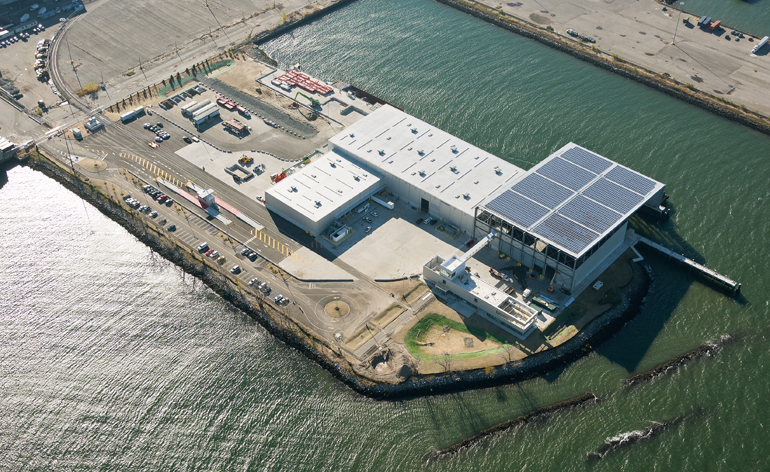
As worthy a cause as a recycling facility is, it's hardly the most eye-catching civic project. Until now, that is. The Sunset Park Material Recovery Facility in Brooklyn, which opened its doors this week, sets a new standard in sustainable design - thanks to a masterplan and processing centre created by Selldorf Architects.
Located on an 11-acre pier on the South Brooklyn waterfront, the facility will serve as the principal processing plant for all New York City's curbside plastic, metal and glass; it has the capacity to address 1,000 tons of material a day.
With an investment of $110 million from New York City and Sims Metal Management, the Sunset Park Facility is the largest recycling plant in the United States and keeps in line with Mayor Michael Bloomberg's goal to create a more sustainable Big Apple by 2030. Selldorf's response includes circulation pathways that separate visitor flow from operational and delivery routes, and a new swath of greenspace, which makes up 20 per cent of the site. Surrounding brownfield land has also been replanted with native flora.
The site dates back to the 19th century, when it was developed as a manufacturing and shipping terminal, becoming an NYPD vehicle-impound lot most recently. It now incorporates a 125,500 sq ft recycling facility and a visitor centre that will champion conservation-related programming. For the former, the architects designed a pre-engineered box construction, a design challenge with little wiggle room. The successful result now includes a Tipping Building, which receives material by barge, and a Processing and Bale Storage building.
'The experience of determining what parts in the kit [we used] was really very interesting. These are big-box buildings, and working with a pre-engineered system was something I hadn't done before,' admits Annabelle Selldorf, the founding principal. 'It very quickly turned out that [everyone] was more than willing to rethink how the skin sits to the structure. So we turned the structure to the outside, which gives you this Prouvé kind of memory.'
Selldorf's modern aesthetic is the perfect match for the facility's industrial purpose. The buildings brim over with quiet details: interior structural elements have been placed on the exterior, and the choice of slim corrugated steel allows light to reflect off the walls with greater impact. The sloping roof also cuts an imposing figure. In the visitor centre, due to open in spring 2014, large portrait windows - akin to Selldorf's Chelsea gallery projects - make the most of the facility's waterside location.
The stunning vistas of the Brooklyn coast and the Statue of Liberty in the far distance reinforce the city's commitment to a greener future - what other public project would be granted such prime real estate? With the added bonus of Selldorf's stylish design, Sunset Park will reap rewards for years to come.
Wallpaper* Newsletter
Receive our daily digest of inspiration, escapism and design stories from around the world direct to your inbox.
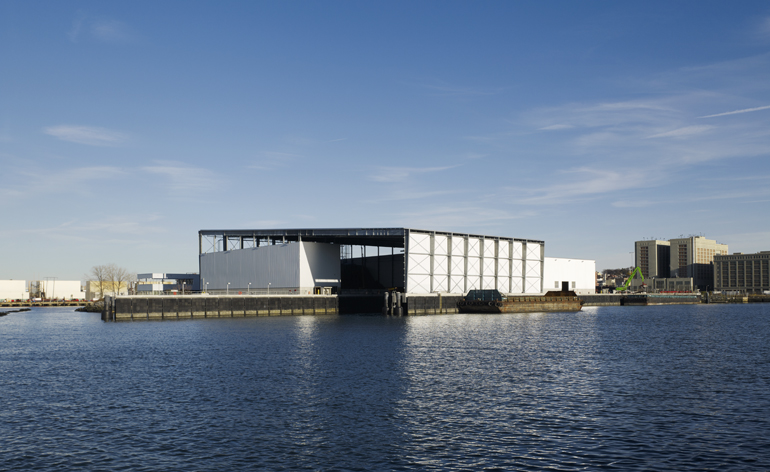
Located on an 11-acre pier on the South Brooklyn waterfront, the facility will serve as the principal processing plant for all New York City's curbside plastic, metal and glass; it will have the capacity to address 1,000 tons of material a day. Photography: Marc Lins, Courtesy of Selldorf Architects
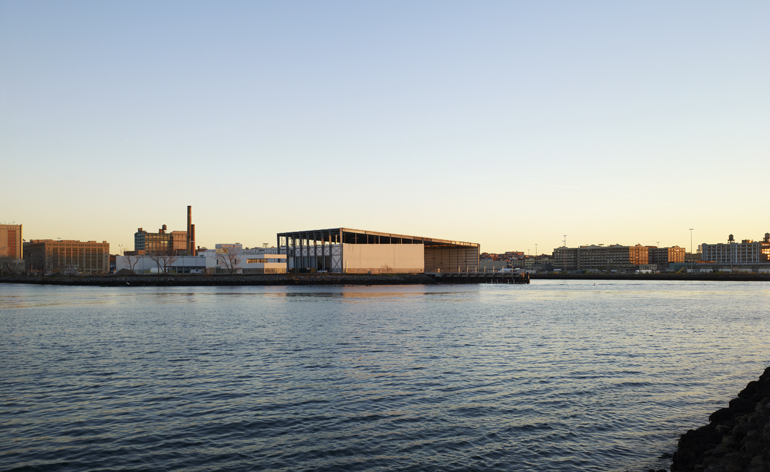
With an investment of $110 million from New York City and Sims Metal Management, the Sunset Park Facility is the largest recycling plant in the United States. Photography: Marc Lins, Courtesy of Selldorf Architects
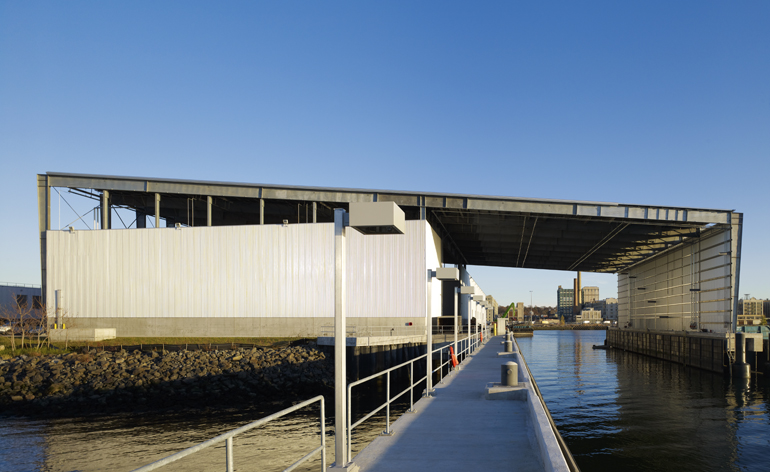
The site dates back to the 19th century, when it was developed as a manufacturing and shipping terminal, becoming an NYPD vehicle-impound lot most recently. It now incorporates a 125,500 sq ft recycling facility and a visitor centre that will champion conservation-related programming. Photography: Marc Lins, Courtesy of Selldorf Architects
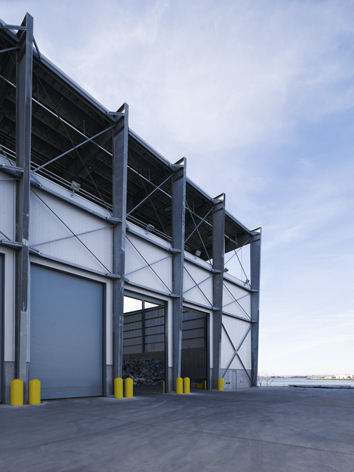
The recycling facility, which includes a Tipping Building that receives material by barge, and a Processing and Bale Storage building, inhabits a pre-engineered box construction - a design challenge with little wiggle room that Selldorf Architects successfully embraced. Photography: Marc Lins, Courtesy of Selldorf Architects
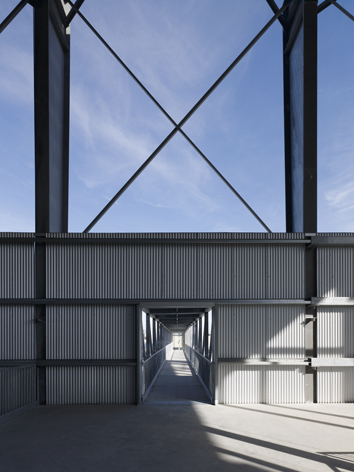
Selldorf's modern aesthetic was a perfect match for the facility's industrial purpose. Photography: Marc Lins, Courtesy of Selldorf Architects
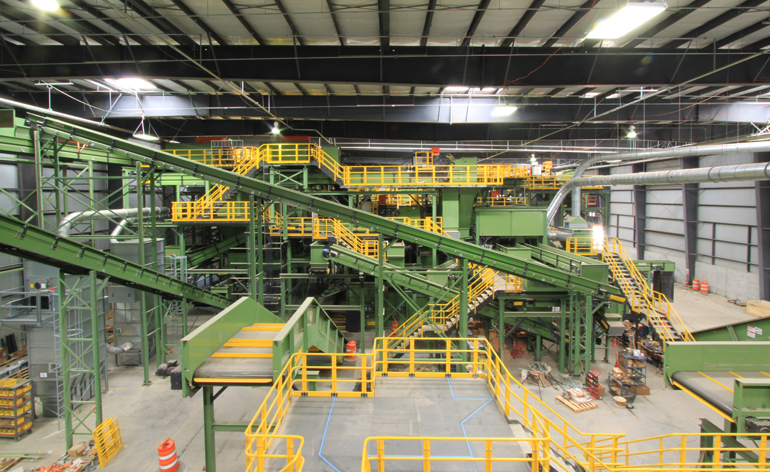
The architect was inspired by the project's industrial nature and 'turned the structure to the outside, which gives you this Prouvé kind of memory'. Photography: Jonathan Chesley, Courtesy of Selldorf Architects
ADDRESS
Sunset Park Material Recovery Facility is located at the 30th Street Pier in the South Brooklyn Marine Terminal in Sunset Park, Broo
Pei-Ru Keh is a former US Editor at Wallpaper*. Born and raised in Singapore, she has been a New Yorker since 2013. Pei-Ru held various titles at Wallpaper* between 2007 and 2023. She reports on design, tech, art, architecture, fashion, beauty and lifestyle happenings in the United States, both in print and digitally. Pei-Ru took a key role in championing diversity and representation within Wallpaper's content pillars, actively seeking out stories that reflect a wide range of perspectives. She lives in Brooklyn with her husband and two children, and is currently learning how to drive.
-
 A Xingfa cement factory’s reimagining breathes new life into an abandoned industrial site
A Xingfa cement factory’s reimagining breathes new life into an abandoned industrial siteWe tour the Xingfa cement factory in China, where a redesign by landscape specialist SWA Group completely transforms an old industrial site into a lush park
By Daven Wu
-
 Put these emerging artists on your radar
Put these emerging artists on your radarThis crop of six new talents is poised to shake up the art world. Get to know them now
By Tianna Williams
-
 Dining at Pyrá feels like a Mediterranean kiss on both cheeks
Dining at Pyrá feels like a Mediterranean kiss on both cheeksDesigned by House of Dré, this Lonsdale Road addition dishes up an enticing fusion of Greek and Spanish cooking
By Sofia de la Cruz
-
 Croismare school, Jean Prouvé’s largest demountable structure, could be yours
Croismare school, Jean Prouvé’s largest demountable structure, could be yoursJean Prouvé’s 1948 Croismare school, the largest demountable structure ever built by the self-taught architect, is up for sale
By Amy Serafin
-
 We explore Franklin Israel’s lesser-known, progressive, deconstructivist architecture
We explore Franklin Israel’s lesser-known, progressive, deconstructivist architectureFranklin Israel, a progressive Californian architect whose life was cut short in 1996 at the age of 50, is celebrated in a new book that examines his work and legacy
By Michael Webb
-
 A new hilltop California home is rooted in the landscape and celebrates views of nature
A new hilltop California home is rooted in the landscape and celebrates views of natureWOJR's California home House of Horns is a meticulously planned modern villa that seeps into its surrounding landscape through a series of sculptural courtyards
By Jonathan Bell
-
 The Frick Collection's expansion by Selldorf Architects is both surgical and delicate
The Frick Collection's expansion by Selldorf Architects is both surgical and delicateThe New York cultural institution gets a $220 million glow-up
By Stephanie Murg
-
 Remembering architect David M Childs (1941-2025) and his New York skyline legacy
Remembering architect David M Childs (1941-2025) and his New York skyline legacyDavid M Childs, a former chairman of architectural powerhouse SOM, has passed away. We celebrate his professional achievements
By Jonathan Bell
-
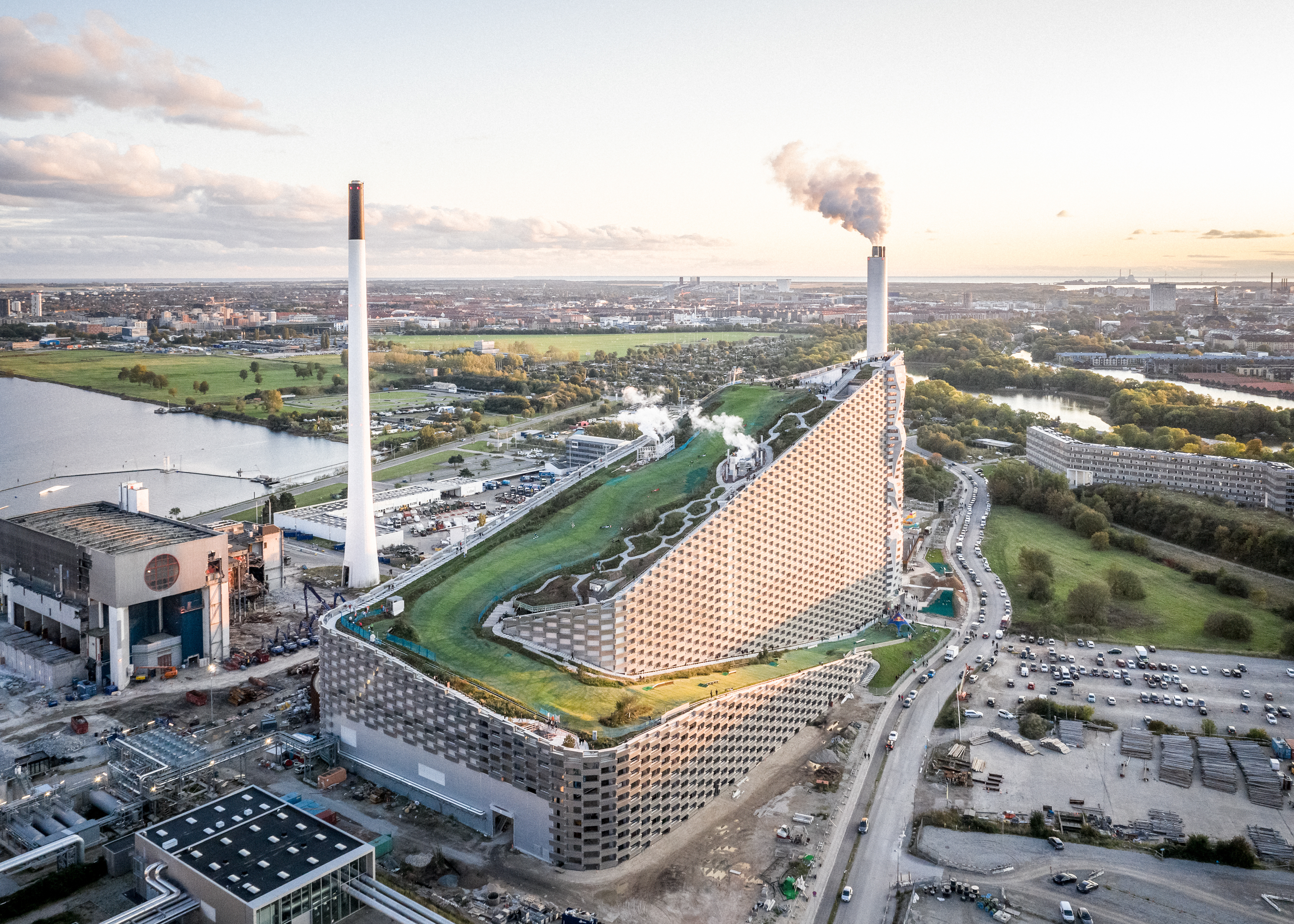 What is hedonistic sustainability? BIG's take on fun-injected sustainable architecture arrives in New York
What is hedonistic sustainability? BIG's take on fun-injected sustainable architecture arrives in New YorkA new project in New York proves that the 'seemingly contradictory' ideas of sustainable development and the pursuit of pleasure can, and indeed should, co-exist
By Emily Wright
-
 The upcoming Zaha Hadid Architects projects set to transform the horizon
The upcoming Zaha Hadid Architects projects set to transform the horizonA peek at Zaha Hadid Architects’ future projects, which will comprise some of the most innovative and intriguing structures in the world
By Anna Solomon
-
 Frank Lloyd Wright’s last house has finally been built – and you can stay there
Frank Lloyd Wright’s last house has finally been built – and you can stay thereFrank Lloyd Wright’s final residential commission, RiverRock, has come to life. But, constructed 66 years after his death, can it be considered a true ‘Wright’?
By Anna Solomon